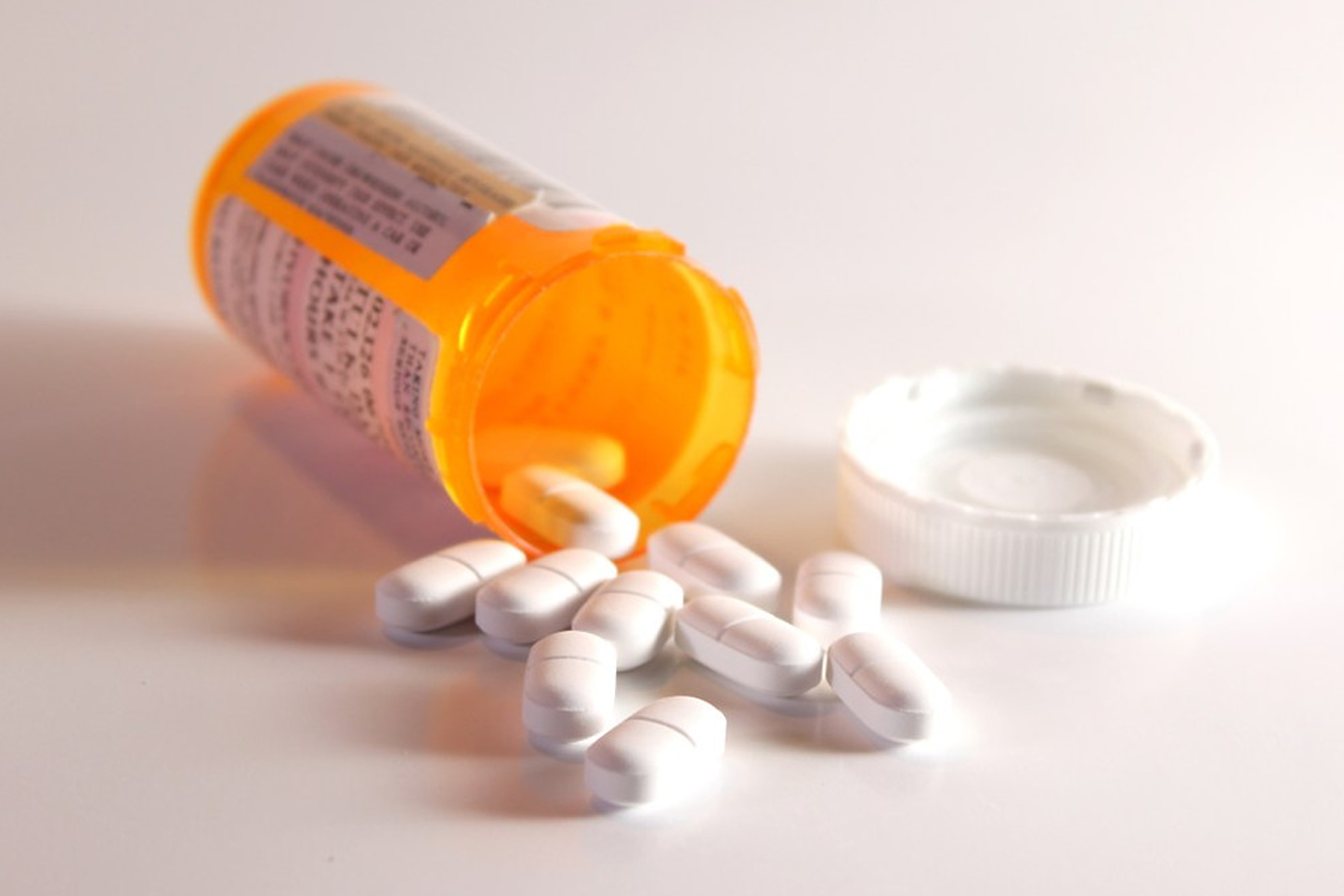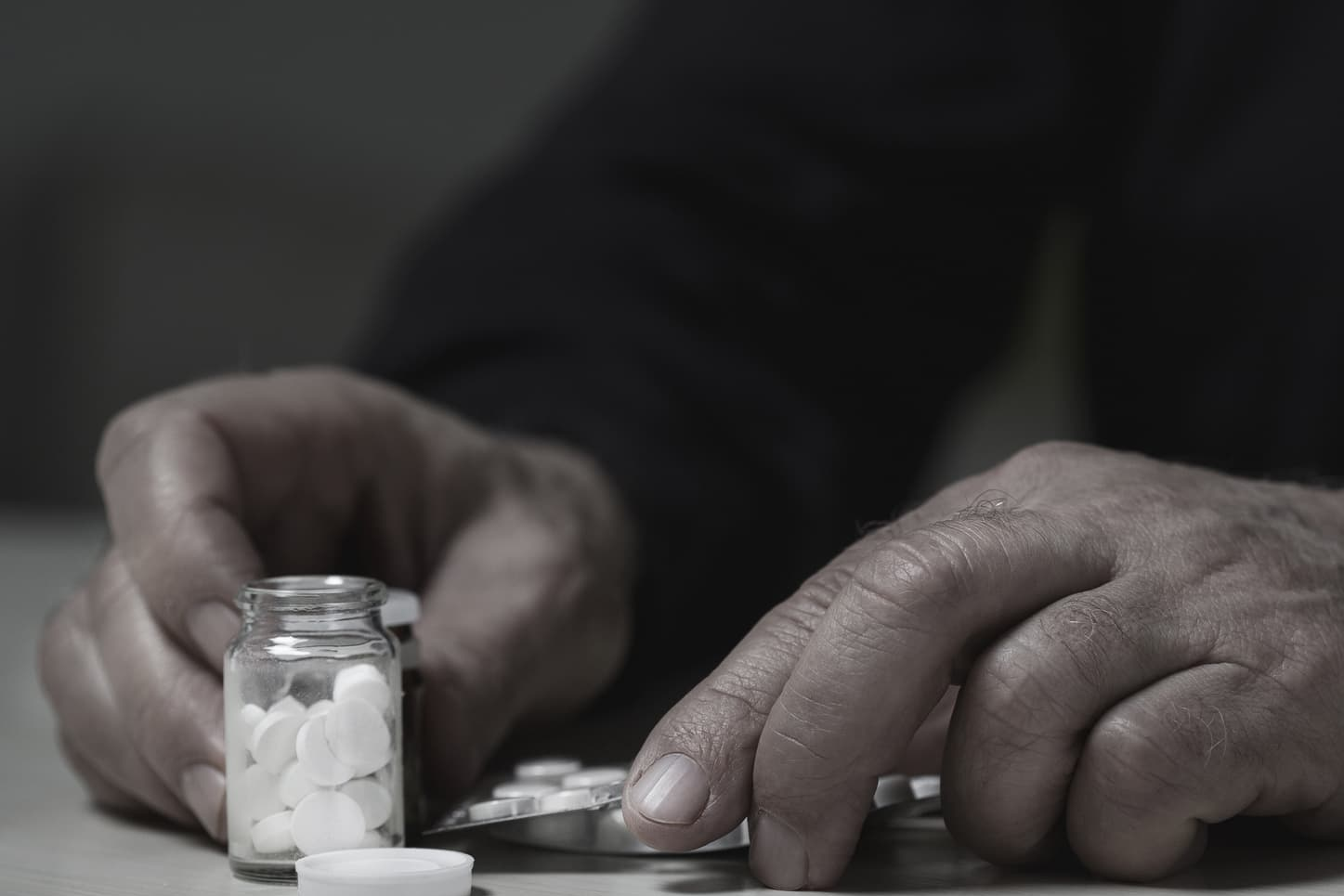Vicodin addiction has affected millions of people in the US and the figures which show how more than 130 million Vicodin prescriptions were found to be unnecessary in 2011 make the case sound more alarming.
It was only in 2014 that major modifications regarding the prescription of Vicodin were introduced, which follows that prescriptions made before this year must have already posed serious health risks among a huge population.
Vicodin, a combination of hydrocodone and acetaminophen, is used to treat moderate to severe pain, and it has been a popular prescription for post-surgical pain. It was already too late to have seen its high addictive potential.
In 2014, it was reclassified from Schedule III to Schedule II controlled drug due to the rising number of Vicodin overdose incidents in the country. Although physicians express that Vicodin is safe when used as prescribed, it is still not recommended for prolonged use.
Treatment Options for Vicodin Addiction
 With the increasing number of people affected by Vicodin addiction, an accessible and affordable treatment plan becomes a great need for this time. Fatalities caused by the drug may surge if the condition is left without medical care.
With the increasing number of people affected by Vicodin addiction, an accessible and affordable treatment plan becomes a great need for this time. Fatalities caused by the drug may surge if the condition is left without medical care.
When a person is suffering from Vicodin addiction, there are two treatment options they can choose: inpatient or outpatient care. Identifying which one is better depends on the level of the condition a patient has.
Factors that can be considered include the duration and degree of Vicodin abuse as well as the overall health disposition of a person. It is best to seek professional help in determining the treatment plan that works for a person’s condition.
While outpatient care can be appealing due to its affordable cost, it may not be suited for the needs of a person who is suffering from severe Vicodin addiction. A more intensive type of care fits those with moderate to severe levels of addiction and this is the inpatient treatment.
Inpatient treatment is a complete separation from a person’s daily lifestyle, and this is replaced by a structured program that leaves no room for anyone to think nor get hold of the drug. The sole focus of the patients lies in the path of recovery.
On the other hand, outpatient care only requires a maximum of 12 hours of engagement in treatment programs every week. This can be ideal for patients whose level of addiction is only mild. Patients may continue with their usual responsibilities while getting treated.
What Makes Inpatient Treatment Beneficial

The round-the-clock medical supervision and an environment free from distractions are the top benefits of inpatient treatment.
When a person enrolls in an inpatient program, all their responsibilities outside the facility are halted and they are given most of their time to reflect on their condition, understand their triggers, and build a strong coping mechanism for their addiction.
In this kind of environment, their usual daily stressors are limited and their disposition is actively engaged in boosting their physical and mental health. Apart from their counseling and group therapy sessions, they can also enjoy music and arts as alternative therapies.
Healthcare staff in inpatient rehab facilities are also more reachable once needed. They assist patients in ensuring that their maintenance medications are never missed and that any potential health complications are spotted early on and intervened.
In inpatient treatment, the safety of patients is highly guaranteed, and abstinence from Vicodin is completely achievable.
What Makes Outpatient Treatment Beneficial

Most people prefer this option for its affordable cost and that there is no need to stop working or be away from families and friends for a long period.
With outpatient treatment, individuals can go on with their usual responsibilities while staying in treatment. They can continue earning from work and for parents, there is no need to look for someone who can fend for their children while getting treated.
On top of that, there is a huge difference between inpatient and outpatient treatment when it comes to cost. Outpatient care is far more affordable than inpatient, and with this, individuals can still enjoy meaningful individual and group therapy sessions intensively every week.
With sessions that run from at least 10 hours each week and even up to 12 hours, it can still be an effective type of treatment that perfectly works for patients who suffer from mild Vicodin addiction.
With outpatient treatment, patients can enjoy a flexible schedule and worry less about paying a huge amount for their treatment.
Is Inpatient or Outpatient Suitable For Me
When a person is diagnosed with moderate to severe Vicodin addiction, it is definitely suitable to go for inpatient treatment. If the cost is a major problem, they can apply to state-funded programs which can aid partial or full payment of their treatment.
Outpatient treatment can be challenging since patients may have to deal with their daily stressors on top of their treatment. The presence of environmental triggers is also another hurdle. With divided attention, patients may suffer from relapse in the long run.
Apart from this, medical care is not always readily available. For patients with co-occurring disorders or health complications, this setup can be challenging. Outpatient treatment is definitely not a good option for this case.
Even though inpatient treatment comes with its disadvantages such as being expensive and the requirement to hold off responsibilities at work and home, it remains an ideal option because of the full focus patients can provide to overcome their addiction.
However, it is still possible to reach optimum progress even with an outpatient program as long as the person can handle putting together their domestic life and their treatment. The presence of families and friends is also valuable for this type of care.
But the main factor to highly rely on in choosing the best type of care is medical advice. After a comprehensive assessment of one’s level of addiction, the patient and their medical team can work together in designing an ideal treatment plan which fits their needs and resources.


 4-hour medical support
4-hour medical support These factors may not appeal to those who need to keep their job to earn an income and to those who financially struggle even with their basic needs. Parenting responsibilities must also be passed on to another caregiver which can add up to the expenses. This could really be quite a tough setup for some.
These factors may not appeal to those who need to keep their job to earn an income and to those who financially struggle even with their basic needs. Parenting responsibilities must also be passed on to another caregiver which can add up to the expenses. This could really be quite a tough setup for some. It is important to understand that addiction treatment comes with a cost. One can spend thousands of dollars on just a month-long care. However, this should not be the main reason for one to put off their treatment or choose a type of care against medical advice. The needs of both physical and psychological self must be the priority in choosing a treatment plan.
It is important to understand that addiction treatment comes with a cost. One can spend thousands of dollars on just a month-long care. However, this should not be the main reason for one to put off their treatment or choose a type of care against medical advice. The needs of both physical and psychological self must be the priority in choosing a treatment plan.